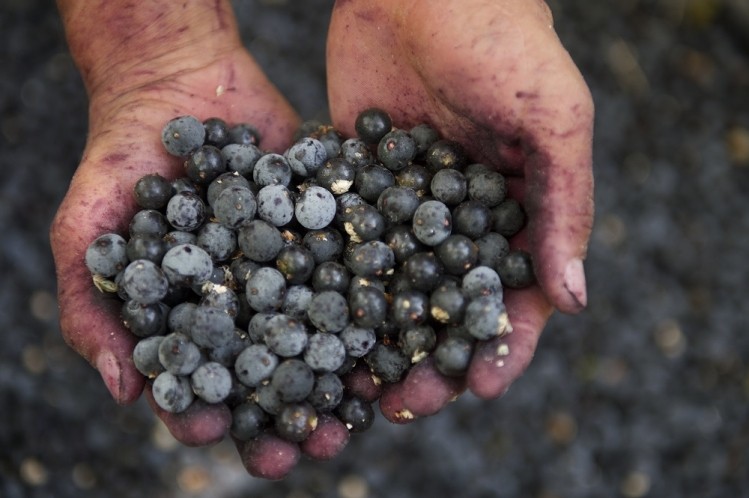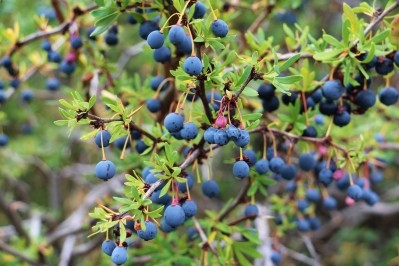Antioxidant effect spearheads 'enormous potential' of Amazonian fruits: Mini review

Writing in Oxidative Medicine and Cellular Longevity, researchers from Mexico's Meritorious Autonomous University of Puebla (Benemérita Universidad Autónoma de Puebla) and the country's Research Center for Animal Reproduction compiled a mini review investigating the main bioactive components of the most studied Amazonian plants and what functional benefits these were most widely associated with.
Nine plants were reviewed: arazá (Eugenia stipitata); açaí palm (Euterpe oleracea); camu-camu (Myrciaria dubia); cocona (Solanum sessiliflorum); cupuaçu (Theobroma grandiflorum); moriche palm (Mauritia flexuosa); sacha inchi (Plukenetia volubilis L.); peach palm (Bactris gasipaes); and guarana (Paullinia cupana Kunth).
'The main beneficial effect'
According to numerous authors, the researchers said many Amazonian fruits were an “adequate source of multiple compounds with potential health benefits”.
Functional components included phenolic compounds, unsaturated fatty acids, carotenoids, phytosterols, and tocopherols but flavonoids and carotenoids were the groups “of greatest interest”, they said, and one functional property led the charge.
“The main beneficial effect reported has been the antioxidant effect, evaluated in most of the fruits investigated; other reported functional properties were antimicrobial, antimutagenic, antigenotoxic, analgesic, immunomodulatory, anticancer, bronchodilator, antiproliferative, and anti-inflammatory,” the researchers wrote.
“...Most of the compounds with functional activity correspond to compounds with antioxidant activity.”
The mini review was based on studies published between 1999 and 2018 with original data that investigated the presence of functional activity compounds in Amazonian plants. Eligible studies included randomized controlled trials in humans, experimental animals, or cell-cultures with prospective, parallel, or crossed designed and whose results showed a protective effect against oxidative stress and/or favorable effects on some pathological conditions.
But how did each of these fruits compare in terms of antioxidant effect? That was extremely difficult to judge, the researchers said, given the varied methods used to establish antioxidant capacity.
“Comparison of antioxidant capacity between fruits should be made only when the conditions (method, solvent, sampling, expression of results etc.) analyzed are the same,” they wrote.
“....The comparisons are extremely complicated, so it would be more appropriate to review clinical studies performed on animals, but unfortunately, to date, there are very few of them.”
‘Ignorance' around functional compounds
The Amazon region, which spanned some seven million square kilometers and several countries including Brazil, Colombia, Ecuador and Peru, contained some of the “greatest flora and fauna biodiversity on the plant”, the researchers said, including numerous native fruit trees and plants with “great therapeutic potential”. However, many remained only “slightly known” to the population living in the region, let alone to those outside.
“Basically, the problem with native Amazonian fruits is summarized in poor processing technologies and ignorance of their functional compounds and that outside the region, we have very little knowledge of it.”
Scientific evidence on the functional properties of these fruits also offered challenges, they said, including differences in composition, quality and insufficient in vitro testing.
However, there remained “great opportunities” for research in different areas, they said, including toxicology, food safety, food technology and processing.
“Therefore, new trends in functional foods should be conducted considering the enormous potential of these Amazonian fruits in human health.”
Source: Oxidative Medicine and Cellular Longevity
Published online ahead of print, doi: 10.1155/2019/8204129
Title: “Antioxidant Properties of Amazonian Fruits: A Mini Review of In Vivo and In Vitro Studies”
Authors: R. Avila-Sosa et al.








